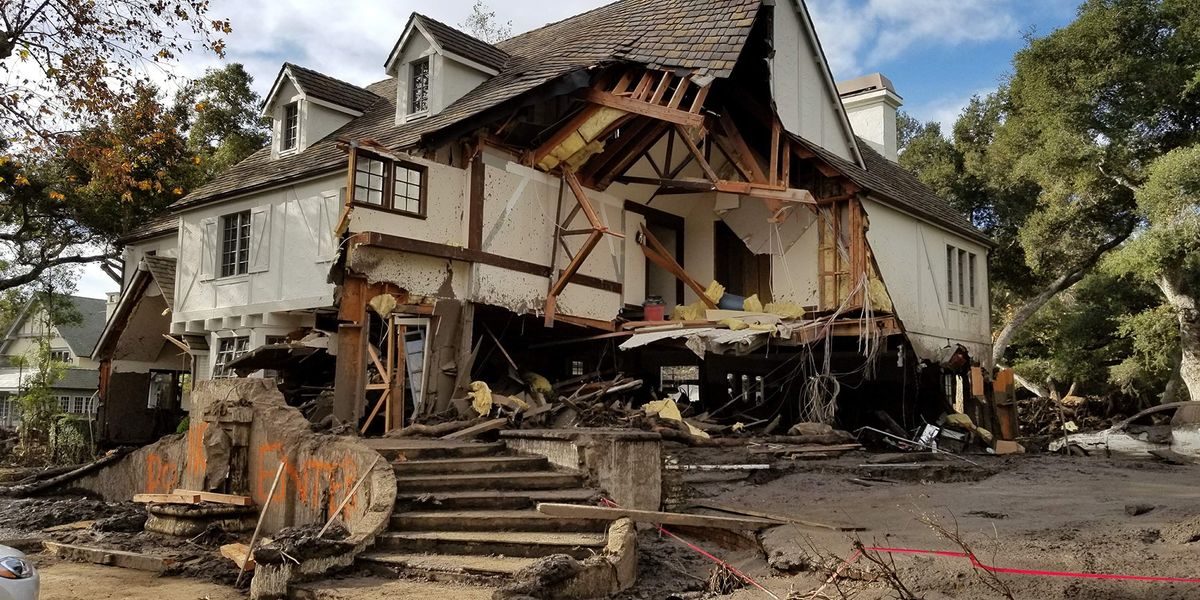
Photo credit: Jason Kean, USGS
A New National Institute for Standards and Technology Report Outlines Best Practices for Post-Fire Analysis
Over 776,000 homes are at risk of loss due to wildfire and wildfire-related risks.
Posted: Aug. 23, 2024
- 2 min read
- Find similar articles:
- Wildfire and WUI
- Data
- CRR
Due to severe weather, wildfires are becoming increasingly devastating, occurring in areas like Tennessee, Hawaii, New Jersey and other regions not normally considered wildfire-prone areas. They no longer occur seasonally but year-round; for example, the Marshall Fire in Colorado occurred during the winter holidays. According to CoreLogic research, there are over 776,000 homes at risk of loss due to wildfire and wildfire-related risks. The total estimated reconstruction costs to replace the value of these assets at risk is over $221 billion, and these losses do not reflect additional cascading costs to damaged infrastructure, business losses, damaged watersheds and other post-fire impacts due to flooding and debris flows.
According to the Wildland Fire Mitigation and Management Commission report, “Though already critical, the nature and impacts of wildfire are only expected to worsen. Wildfire frequency, size, and severity is projected to increase, along with the multitude of associated impacts, from smoke emissions to watershed function.”
To provide guidance for researchers regarding best practices for the methodologies and approaches needed to effectively conduct critical post-wildfire analyses, the National Institute for Standards and Technology (NIST) has just published a new report, The NIST Wildland-Urban Interface Fire Case Study Approach and Outlook. This report defines why it is important that this research is conducted following best practices to get the best data possible to provide good information about lessons learned so that communities can take effective actions to improve their resilience to wildfire events in the future.
According to NIST, “This document summarizes the past case studies, which have served as a technical anchor for NIST’s WUI research, as background and motivation for future case studies. The approach and methodology for data collection and analysis is described. A range of different post-fire deployment possibilities is presented along with parameters to consider for future case studies including areas of technical interest, staffing, training requirements, and suggested tools and equipment.”
NIST has developed information, including its Hazard Mitigation Methodology, that residents and fire departments can use from past analyses following these strategies to help communities better prepare for wildfires.
Read the report to learn more about what was learned from previous case studies, including the Camp Fire, as well as what strategies need to be followed for future post-fire research and analysis that will help us learn more about how we can better protect ourselves, our communities, infrastructure and local ecosystems to fare better and recover more quickly from wildfire events.
